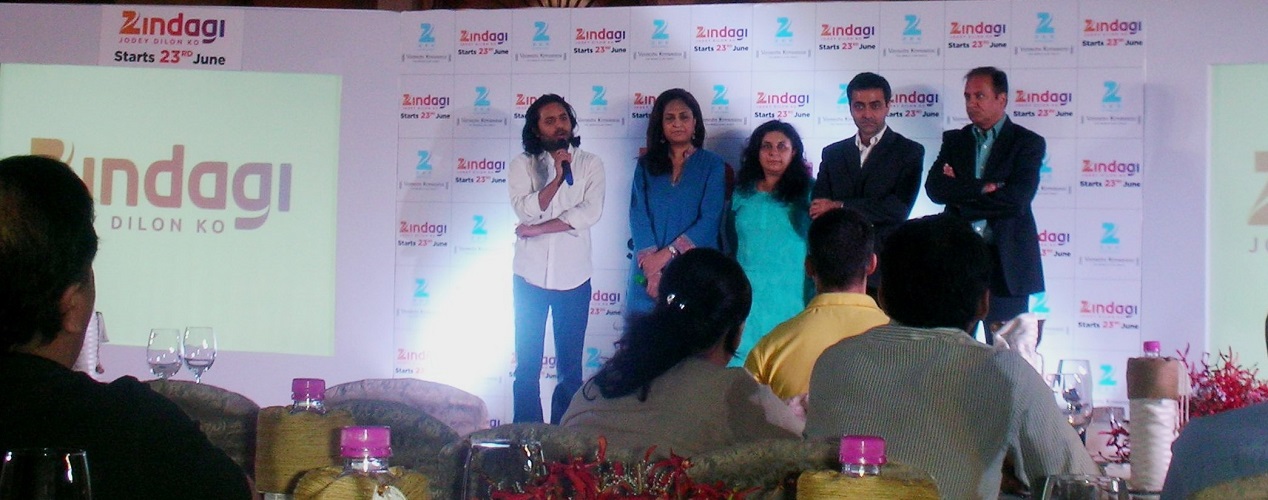Published:
https://countercurrents.org/2024/09/indias-urban-air-pollution-crisis-need-of-urgent-and-innovative-actions/
https://www.dailygoodmorningkashmir.com/need-of-urgent-and-innovative-actions/
According to the six-monthly report of Center for Research on Energy and Clean Air, Delhi was the third most polluted city in India, where the amount of PM 2.5 was found to be 20 times more than the standard set by the World Health Organization. The report said that among the 10 most polluted cities in India, 3 are from Haryana, 2 from Rajasthan, 2 from Uttar Pradesh and 1 each from Delhi, Assam and Bihar.
While Indian cities are known as vibrant and bustling centers of culture and creativity, but now these cities are grappling with the threat of air pollution, which is posing a serious threat to public health in homes, schools and workplaces. The scale of the problem is worrying, with many Indian cities being among the most polluted in the world and despite all this, there is so much social and political apathy that environment or clean air could not become a major issue in the recently concluded parliamentary elections.
There is a complex relationship between factors behind India’s urban air pollution crisis. Emissions from vehicles, industrial activities, dust and other particles from construction work and burning of agricultural waste, all contribute to the toxic mix present in the air. The growing number of cars, buses and two-wheelers on Indian roads has led to a significant increase in particulate matter and harmful gases. Industrial emissions, especially from power plants, steel mills and refineries, also play an important role in pollution. At a recent session of the India Clean Air Summit in Bengaluru, it was told that many of the factors affecting urban pollution are also present in other small towns and semi-urban areas located on the outskirts of the cities. Therefore, the municipal bodies of a particular city alone cannot prevent urban pollution, but there is a need to make an integrated policy for this.
The greatest need to prevent air pollution is due to its devastating health consequences. Exposure to polluted air causes a variety of diseases, including respiratory infections, heart disease, stroke, lung cancer and premature death. Children are particularly vulnerable to the effects of air pollution and their cognitive development and lung function can be affected. According to statistics, every year around 80 lakh people are losing their lives due to air pollution related reasons all over the world and fifty percent of this number is from India and China alone. Its economic reasons are also no less important because according to the World Bank report, India is losing about $ 36 billion (about Rs 2.7 lakh crore) a year due to premature deaths and diseases caused by air pollution.
However, understanding the seriousness of the air pollution crisis, the Government of India has implemented several initiatives to address this problem. These include the National Clean Air Program (NCAP), which aims to reduce particulate matter pollution in cities. Additionally, the government has promoted the use of public transport, natural gas and electric vehicles to reduce emissions from vehicles.
The challenges in implementing effective air pollution control measures are also not less. Rapid urbanization, economic growth and increasing demand for energy have put pressure on infrastructure and resources. In addition, pollution factors in the informal economic structure are often difficult to regulate.
A multi-pronged approach is needed to tackle India’s urban air pollution crisis. Strengthening government policies and regulations to ensure compliance with environmental standards and investment in public transport and infrastructure to reduce dependence on private vehicles is essential. Promoting clean technologies and renewable energy sources can help reduce industrial emissions. But the most important thing is public awareness and participation. Citizens should be empowered to demand clean air and hold governments accountable. Community-based suggestions should be made part of discussions to reduce pollution at the local level. Offbeat suggestions and ideas also need to be considered. The Delhi government’s odd-even formula was one such idea. Ideas like differentiating the timings of schools, colleges and offices, regulating battery-based e-rickshaws, encouraging offices with one type of work to have a single timing and flexi timings, increasing the facility of employee buses when more than a certain number of people are working at one place, etc. need to be considered.
Ravi Nitesh is founder of Mission Bhartiyam, a voluntary organisation working for peace, environment, women empowerment and other development related issues.






